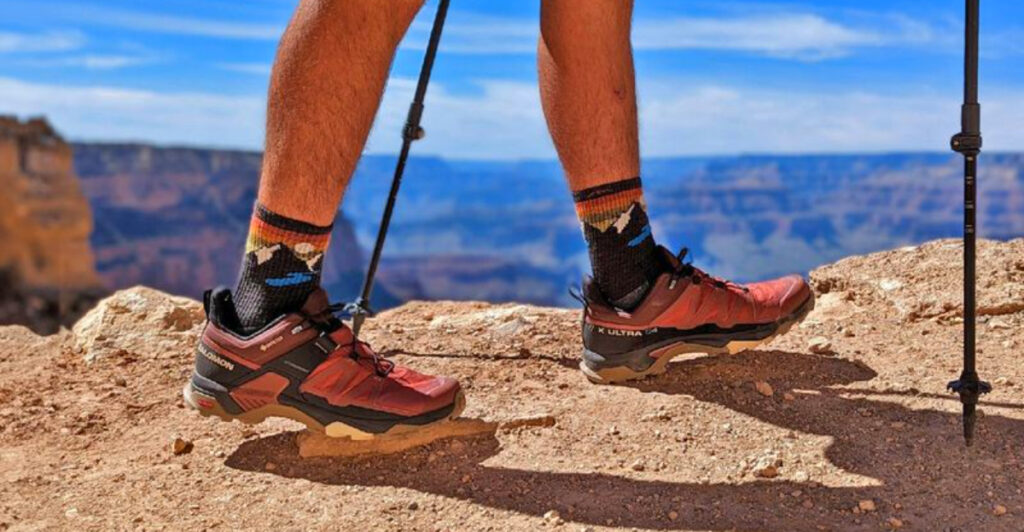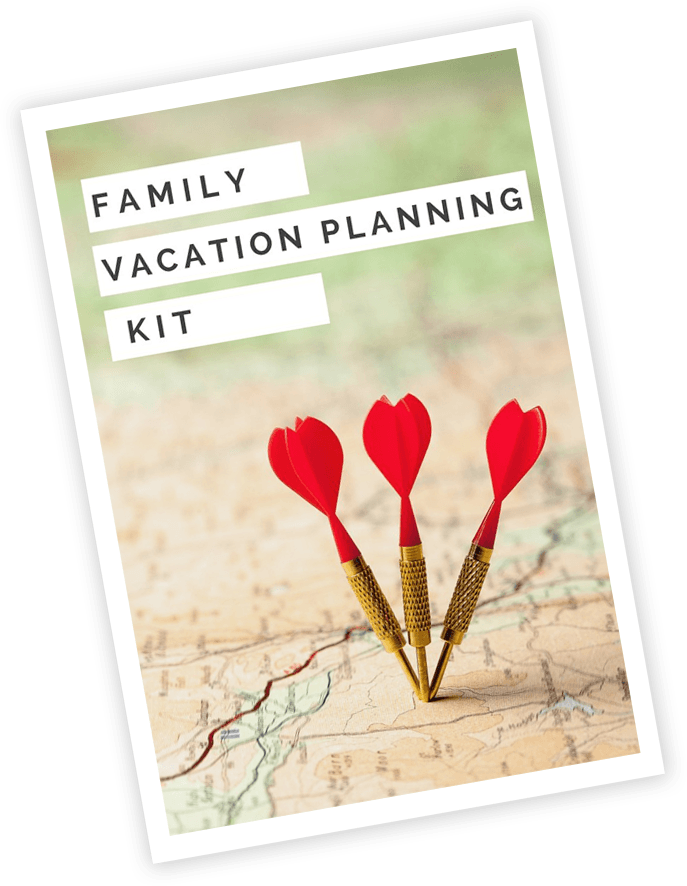Finding the perfect walking shoes can make or break your travel experience. Whether you’re navigating busy airport terminals, exploring historic city streets, or tackling mountain trails, the right footwear keeps your feet happy and your adventures on track. This guide covers seven outstanding shoe options matched to different travel styles, plus five essential maintenance tips to help your shoes last through every journey.
1. All-Day Commuter / Frequent Flyer – Hoka Clifton 10
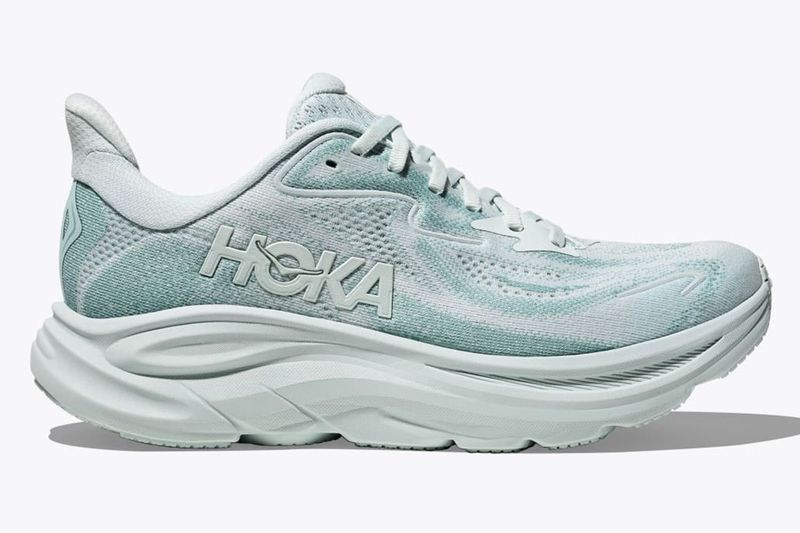
Airport terminals demand serious mileage from your feet, and the Hoka Clifton 10 rises to that challenge beautifully. Editors and podiatrists consistently praise this model for striking an impressive balance between cushioning, arch support, and surprisingly lightweight construction.
What makes this shoe special is its plush feel without the bulky profile that slows you down. When you’re dragging luggage through endless concourses or racing to catch connecting flights, every ounce matters.
The Clifton 10 delivers that cloud-like comfort your feet crave after hours of standing in security lines and boarding queues. Its responsive midsole keeps energy return high even when you’re exhausted from travel.
2. Urban Explorer / City Tourist – Brooks Ghost 17
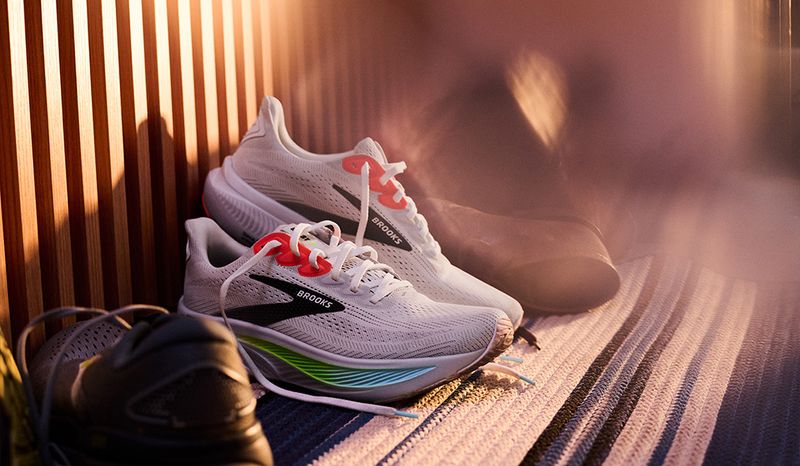
City exploration means tackling everything from smooth sidewalks to uneven cobblestones, and the Brooks Ghost 17 handles this variety with grace. Travel experts repeatedly name the Ghost line as their go-to recommendation for urban adventures, and the latest version maintains that stellar reputation.
Its smooth ride adapts beautifully whether you’re museum-hopping or cafe-crawling through narrow alleyways. The breathable upper keeps your feet comfortable during long sightseeing days when temperatures fluctuate between air-conditioned galleries and sunny plazas.
Stable traction ensures confidence on varied surfaces, from polished marble museum floors to rain-slicked streets. This versatility makes it genuinely earn its reputation as a true do-it-all walking shoe.
3. Minimalist / Light-packer – Allbirds Tree Runner
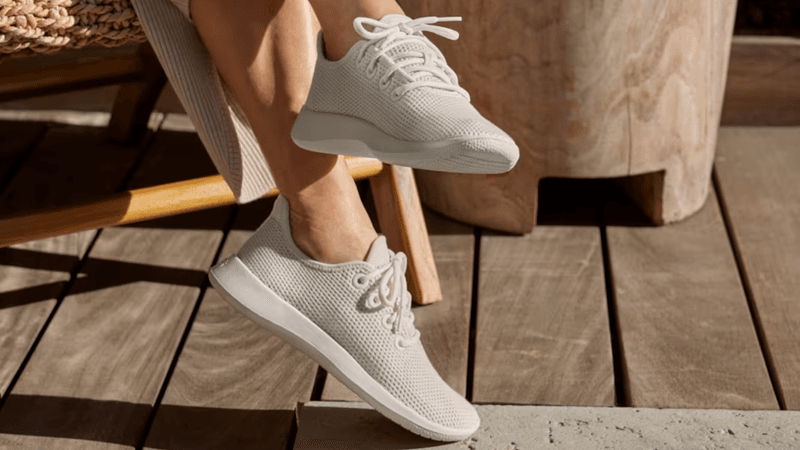
Packing light requires tough choices, and the Allbirds Tree Runner makes those decisions easier by serving multiple roles. Travel stories frequently highlight this shoe for its remarkable comfort despite its stripped-down design philosophy.
Made from eucalyptus tree fiber, it breathes exceptionally well while remaining flexible enough to handle both city strolls and light outdoor terrain. The lightweight construction means it barely registers in your luggage weight allowance.
Machine washability adds practical value for extended trips where laundry facilities might be scarce. While hardcore trail enthusiasts will want something burlier, this shoe legitimately handles most travel scenarios without requiring backup footwear. For one-bag travelers, that versatility is pure gold.
4. Style-Conscious Travelers – Rothy’s Flats / Loafers
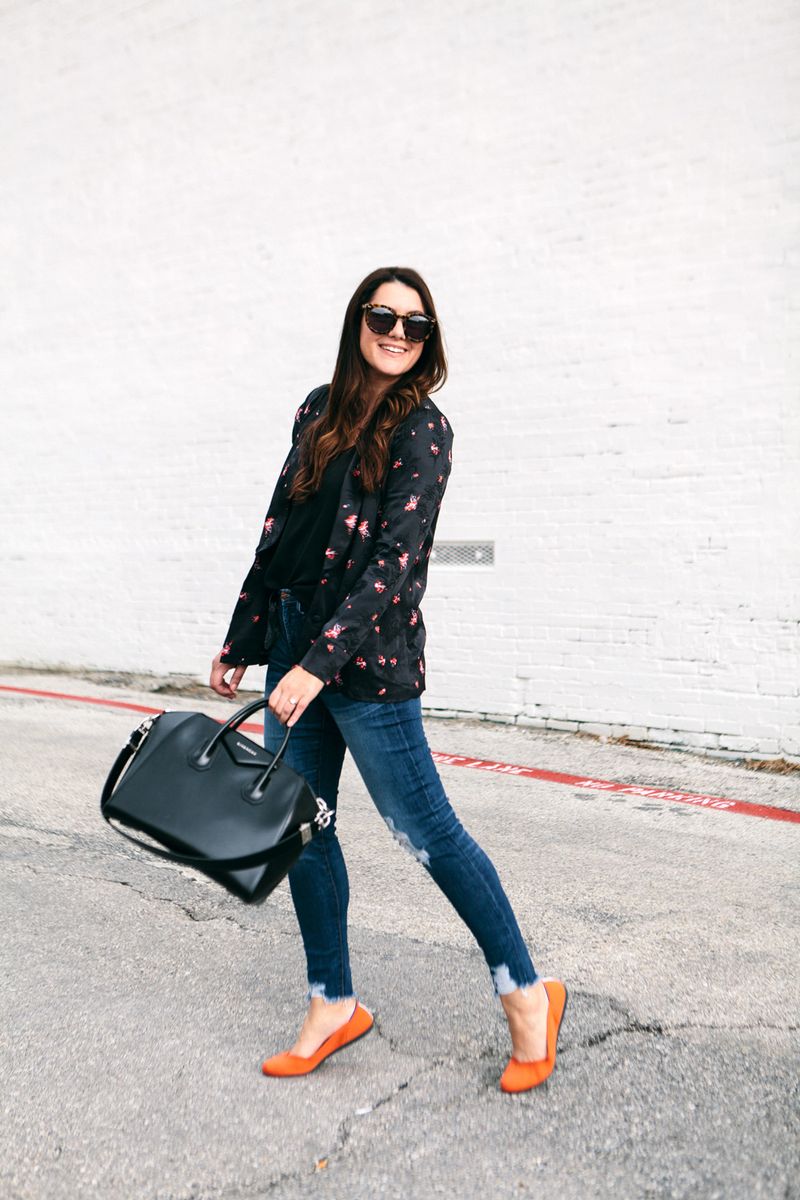
Who says comfortable walking shoes can’t look sophisticated? Rothy’s Flats and Loafers prove you can transition seamlessly from daytime exploration to dinner reservations without changing footwear.
Travel fashion editors consistently feature these shoes for their packable nature and ability to elevate any outfit. The recycled knit material offers unexpected breathability, preventing that swollen, tired look feet get after marathon walking sessions.
Their sleek silhouette means you won’t stand out as an obvious tourist, which matters when you want to blend into local scenes. Whether you’re visiting art galleries or enjoying waterfront dining, these shoes maintain comfort without sacrificing style. They compress easily in luggage too, making them ideal secondary shoes.
5. Rugged Terrain / Light Hiking + Travel – Salomon Trail Models
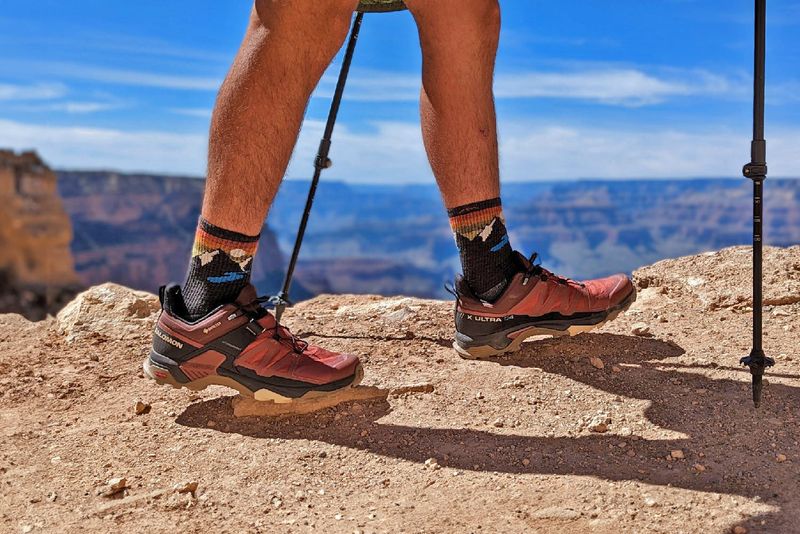
Some journeys demand footwear that transitions confidently between wilderness trails and town centers. Salomon models consistently appear in travel gear recommendations when your itinerary includes both hiking and urban exploration.
Their grippy Contagrip soles provide exceptional traction on loose gravel, wet rocks, and steep inclines. Protective overlays shield your feet from trail hazards without adding excessive weight or stiffness.
What separates Salomon from pure hiking boots is their surprising all-day comfort on pavement. Many travelers appreciate not needing separate shoes for trail days versus town days. The quick-lace system also speeds morning departures when you’re eager to start exploring. Durability stands out too—these shoes endure punishment that would destroy softer walking shoes.
6. Easy On/Off Use – On Cloud 6 Series
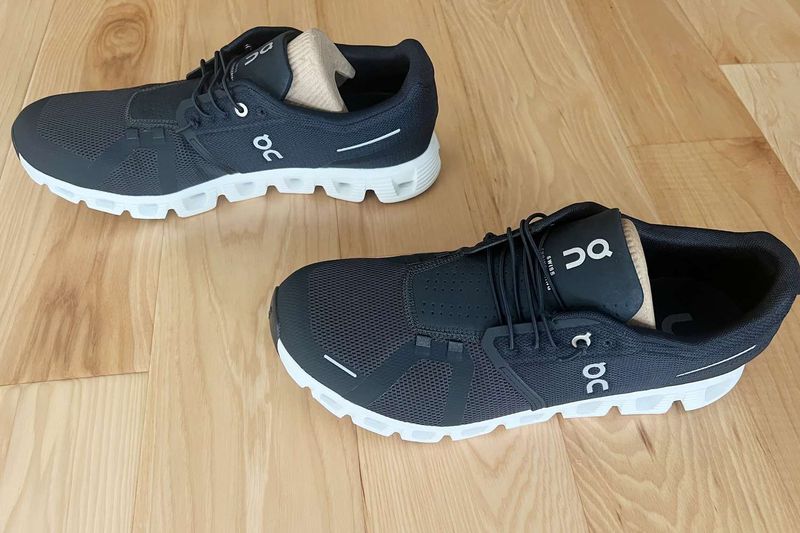
Airport security lines become infinitely less stressful when your shoes slip off and on effortlessly. The On Cloud series earns top marks in lab-based walking shoe rankings for smooth transitions and flexible construction that doesn’t sacrifice support.
Their innovative CloudTec sole technology provides cushioning that adapts to your walking pace. Whether you’re rushing between gates or strolling through downtown neighborhoods, the responsive ride adjusts naturally.
Good traction prevents embarrassing slips on polished airport floors or rain-dampened streets. Many travelers also appreciate how these shoes look sleek enough for casual business meetings yet perform athletically when needed. The convenience factor alone makes them worth considering for frequent travelers tired of wrestling with laces.
7. Extra Support & Stability – Skechers Arch Fit 2.0
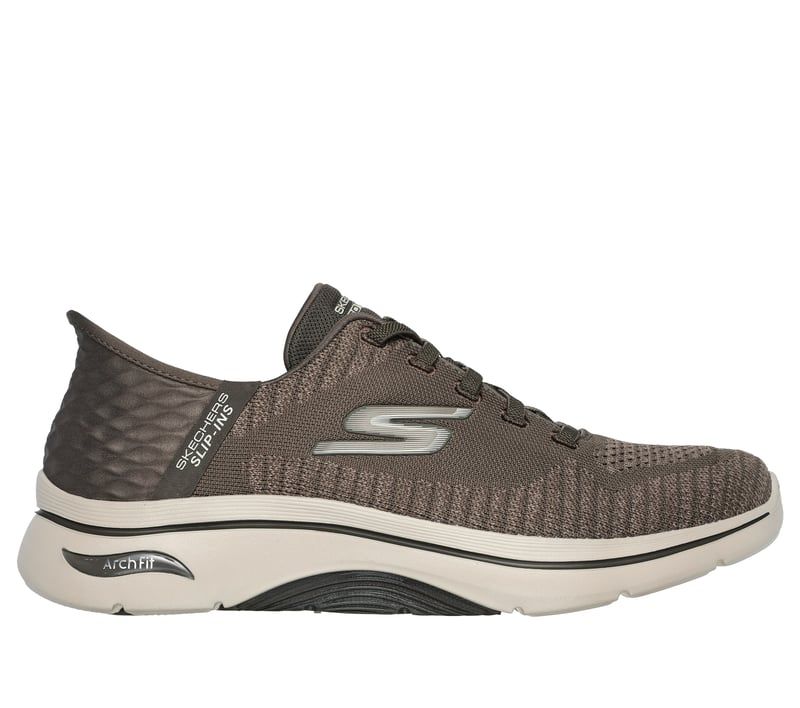
Pronation issues or weak ankles require footwear with serious structural support, and the Skechers Arch Fit line delivers exactly that. Walking shoe review sites specifically highlight this model for providing stability features often missing in casual travel shoes.
The podiatrist-designed insole system offers substantial arch support that prevents foot fatigue during extended wear. When you’re carrying heavy camera gear or a loaded backpack, that extra stability becomes crucial for maintaining proper alignment.
Late-day foot pain diminishes noticeably compared to less supportive options. The cushioned midsole absorbs impact without feeling mushy or unstable. For travelers with specific foot needs or those recovering from injuries, this shoe provides confidence that your feet won’t quit before your adventures do.
8. Break Them In Before Departure
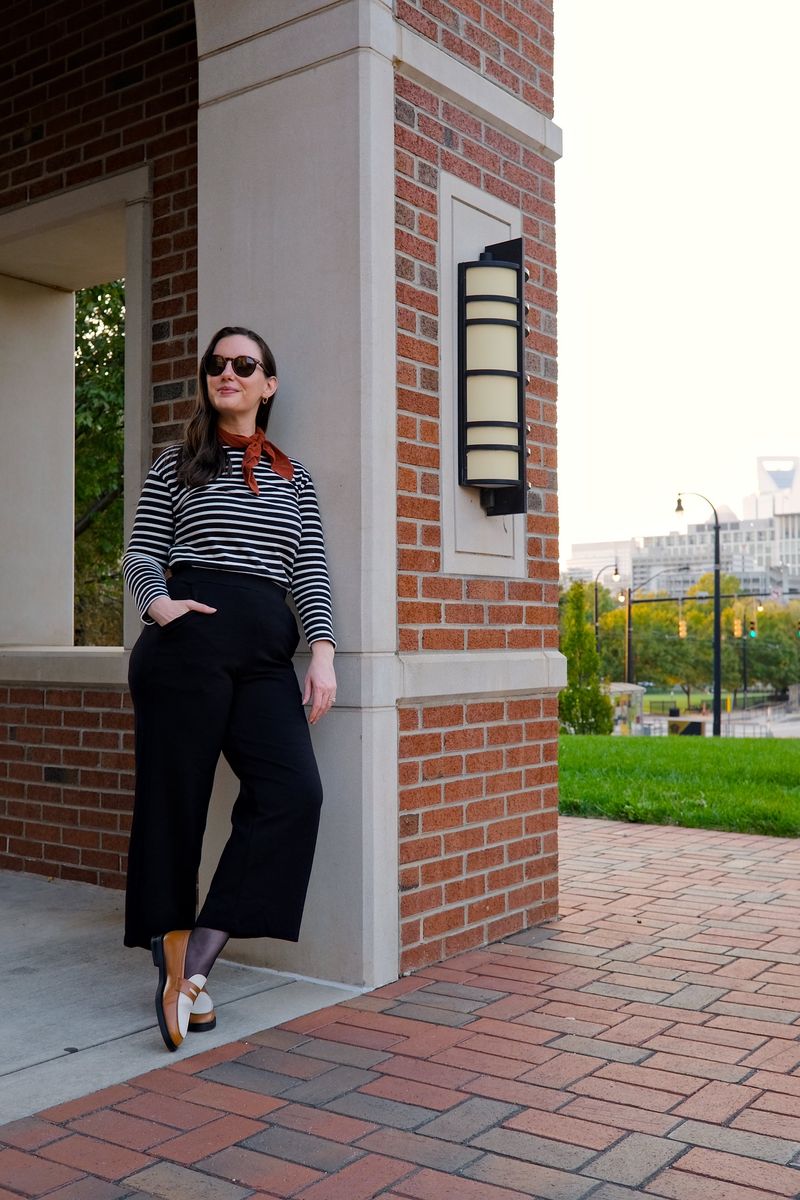
Nothing ruins a trip faster than blisters from untested footwear. Even premium walking shoes need adjustment time to mold to your unique foot shape and gait pattern.
Wear your new shoes for progressively longer walks in the weeks before departure. Start with short errands, then graduate to multi-hour outings that simulate actual travel conditions.
Pay attention to any hot spots or pressure points that develop—these warning signs let you address problems before they become trip-ruining injuries. Consider walking with a loaded backpack during break-in sessions to replicate how your feet will feel under travel loads. This preparation transforms potentially painful experiences into comfortable adventures where your shoes feel like natural extensions of your feet.
9. Invest in Quality Socks
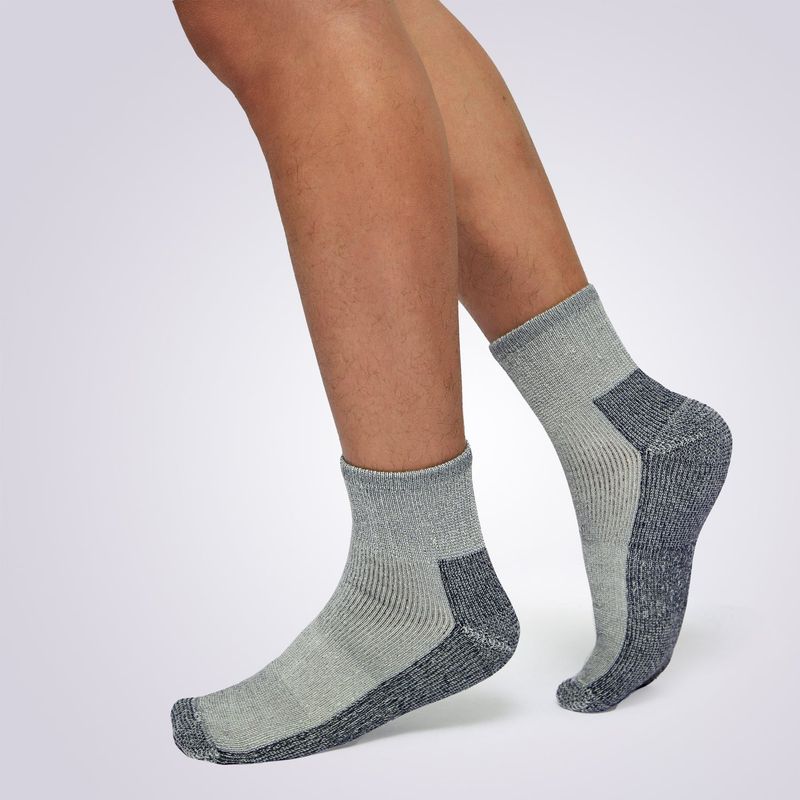
Your shoes only perform as well as what you wear inside them. Technical or merino wool socks dramatically reduce friction while managing moisture that causes blisters and discomfort.
Cheap cotton socks absorb sweat and stay damp, creating the perfect environment for skin irritation. Quality travel socks wick moisture away from your skin and dry quickly, even during intense walking days.
Merino wool naturally resists odors, meaning you can wear the same pair multiple days without offensive smells developing. The slight extra thickness also provides cushioning in high-impact zones like heels and balls of feet. Consider this an essential investment rather than optional upgrade—great socks extend your walking endurance significantly.
10. Alternate Between Shoe Pairs
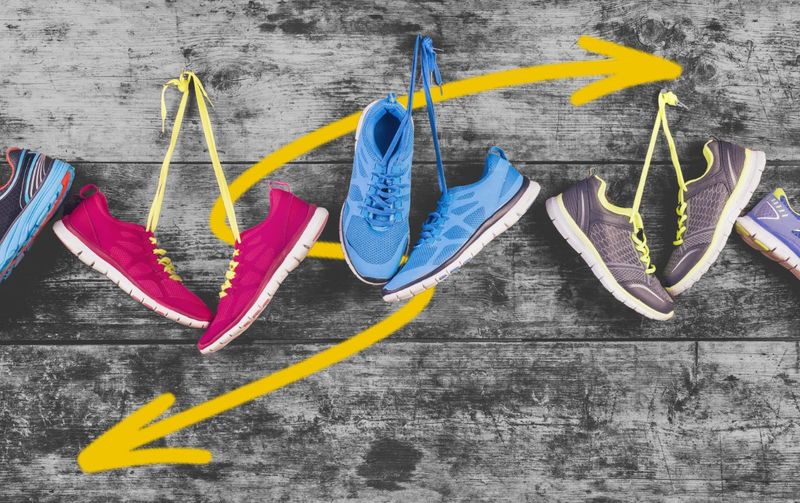
Bringing a secondary pair of lighter shoes serves multiple purposes beyond fashion variety. Rotating between two pairs allows each to fully dry and decompress between wearing sessions.
Shoe materials need recovery time—midsole foam especially benefits from 24 hours to regain its cushioning properties. Switching to slip-on loafers or casual sneakers for dinner gives your primary walking shoes that crucial rest period.
This practice also prevents overuse injuries by slightly varying the pressure points and support patterns your feet experience. The secondary pair doesn’t need to be expensive or technical—just different enough to provide variety. Your feet will thank you with less fatigue and fewer hot spots developing over multi-day adventures.
11. Monitor Tread and Sole Condition
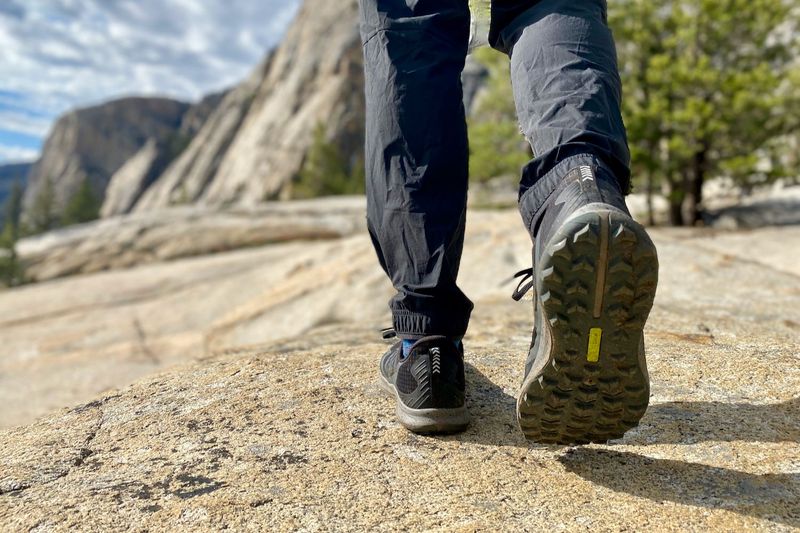
Even exceptional walking shoes eventually lose their effectiveness as materials break down. Before major trips, flip your shoes over and honestly assess the tread depth and midsole condition.
Worn treads compromise traction on wet or uneven surfaces, creating safety hazards. Compressed midsoles no longer provide adequate cushioning, leading to foot fatigue and potential injury.
If you notice significant wear patterns, uneven compression, or smooth spots where aggressive tread once existed, consider replacing them before departure. Shoes typically last 300-500 miles depending on usage patterns and your body weight. Tracking your walking mileage helps predict when replacement becomes necessary. Starting a big trip with compromised footwear sets you up for discomfort and potential injury.
12. Weather-Appropriate Adaptations
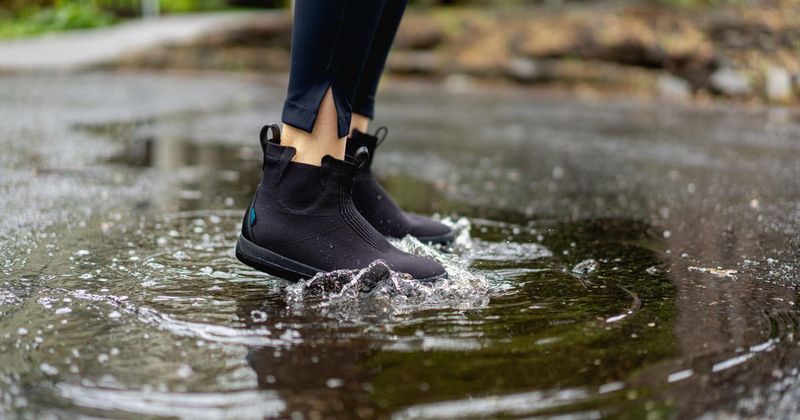
Climate conditions dramatically affect footwear performance, so research your destination’s typical weather patterns. Rainy regions require shoes with water-resistant uppers or the addition of waterproof protective covers.
Many excellent walking shoes offer Gore-Tex or similar waterproof membrane versions of popular models. These keep your feet dry without significantly increasing weight or reducing breathability.
For hot, humid destinations, prioritize maximum ventilation through mesh uppers and moisture-wicking linings. Desert or dusty environments benefit from shoes with protective gaiters or tighter weaves that prevent debris infiltration. Applying waterproofing spray to non-waterproof shoes adds a protective layer for unexpected showers. Matching your footwear to environmental conditions prevents miserable experiences and extends shoe lifespan by reducing exposure to damaging elements.

